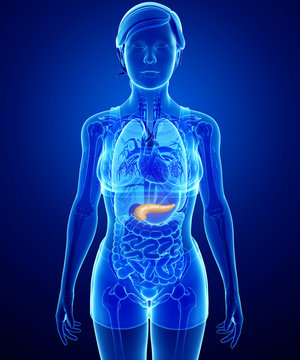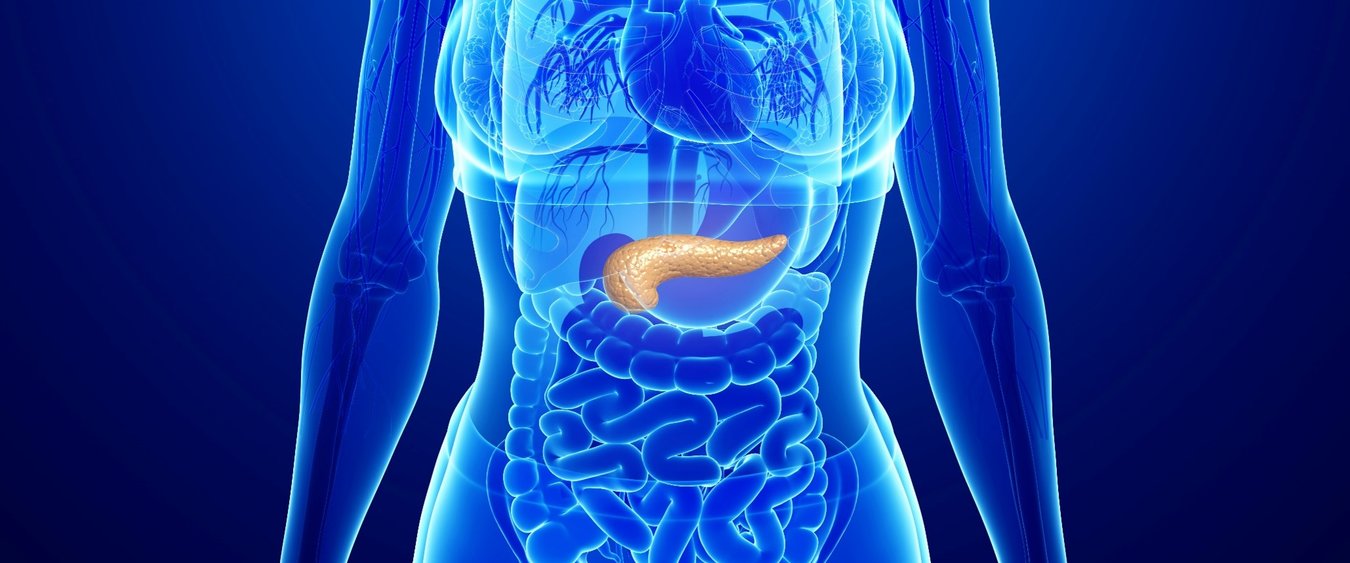
This model is manufactured using a new method of bioprinting invented at the UMC Utrecht and EPFL, and specialized stem cells studied by ETH Zurich and the University of Naples. With eight European partners, the project will develop a new bioprinter that, using visible light, prints stem cells three-dimensionally into functional pancreatic tissues. The ENLIGHT project has received a 4-year grant from the European Innovation Council Fund Horizon 2020. The aim is to realize the first working tissue model within three years.
3.6 million euros
The ENLIGHT partners have been granted a contribution of 3.6 million euros by the European Innovation Council Fund. Led by the UMC Utrecht, the multidisciplinary consortium consists of Ecole Polytechnique Federale de Lausanne and ETH Zürich (Switzerland), the University of Naples Federico II (Italy), AstraZeneca (Sweden), Rousselot (Belgium), Readily 3D (Switzerland) and Fondazione Giannino Bassetti (Italy).
Rousselot®’s Biomedical team will create an ultra-fast, visible light induced, cross-linkable extracellular matrix (ECM) like hydrogel mimicking the pancreas structure using X-Pure®. X-Pure biomedical grade gelatins are ideal for 3D bioprinting and tissue engineering owing to guaranteed ultra-low impurity levels and tunable physical/chemical properties. “The topo- and geometrical cues and composition provided by the ECM together with morphogens and biochemical signals are important determinants of cell fate in vitro and in vivo. In other words, the design and purity of the ECM like structure is a crucial part of the ENLIGHT project”, according to Jos Olijve, Scientific Support Manager and project contact from Rousselot.
Advantages of bioprint tissue
The use of tissue from a 3D bioprinter has a number of major advantages. When testing drugs, for example. These ‘personalized’ models could eliminate the need for animal testing, accelerate drug discovery for pharmaceutical industries, and reduce the burden on individual patients, as they would no longer have to experiment with different drugs until one works. This is not only important for diabetes patients, but can – if the model works – also be used for other diseases, such as cancer. Riccardo Levato, biofabrication researcher at the UMC Utrecht and coordinator of ENLIGHT: “With cells from a patient, practitioners can recreate the diseased tissue. Subsequently, a laboratory test can be performed to determine which candidate medication has the greatest effect. This spares patients a long search with unpleasant side effects, saves on treatment costs, and leads to the best available care for individual patients.’’
Proof of principle
The ENLIGHT project initially focuses on diabetes and will apply new bioprinting techniques to create pancreatic tissue. The pancreas plays a vital role in producing enzymes and hormones including insulin, but this can be insufficient in diabetic patients. “Diabetes is a deliberate choice because of its social relevance. Besides asthma, it is the most common chronic disease in children. Despite the growing demand for care for patients with diabetes, the development of new drugs (besides insulin therapy) is lagging behind,” the ENLIGHT coordinator says. “Once we make a living model of the pancreas, we have proof of principle and can progress to testing diabetes medication with it. This will prove the effectiveness of the new bioprinting technique which we can apply much more widely to potentially make all living models of all types of tissue.”
Volumetric bioprinter
To make this possible in the future, the ENLIGHT researchers intend to achieve two breakthroughs; the first is a newly developed bioprinter, which can reproduce part of the human body, including living cells, at lightning speed. Unlike a conventional 3D printer which takes an hour, this volumetric bioprinter produces results within a minute. This is important because the survival rate of the cells decreases rapidly over time, so printing at speed is essential. Once the bioprinter has created a living 3D model of human tissue, the second step is to recreate functionality at the human organ level.
Riccardo Levato, coordinator of ENLIGHT: “If you want to fabricate pancreatic tissue, the 3D model has to look and function like a pancreas. We want to achieve this in the printing phase by adding signaling molecules, which tell the cells stimulated by the printer, how to behave.”
The project aims to create a living model of the pancreas, including hormonal functions, in just four years. In the longer term, the ENLIGHT project has the potential to create innovative solutions to address the shortage of donor organs for transplantation and regenerative medicine.
Disclaimer: The project leading to this application has received funding from the European Union’s Horizon 2020 research and innovation programme under grant agreement No 964497
More information on the ENLIGHT project can be found on the EU CORDIS website: https://cordis.europa.eu/project/id/964497
